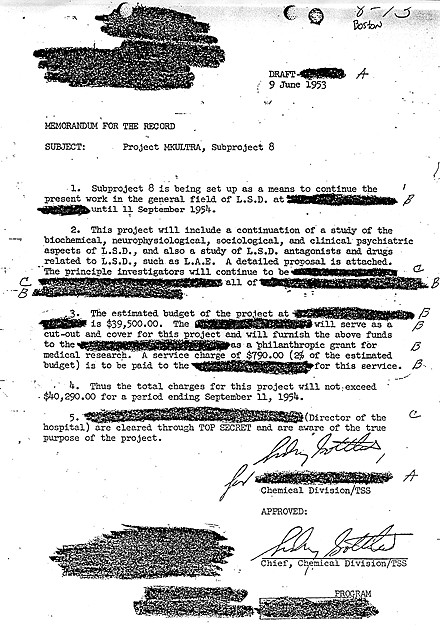 |
| This is before steaming, don't @-me |
I did also baste instead of pinning the pieces together for sewing. It feels weird in my head place--a little less so the more I went on, but it is not entirely resolved--and I haven't yet noticed any benefits in speed or accuracy for what I'm doing at present, but I'm going to keep on and see how things change (or don't).
I had also meant to bring stuff for seam finishing, only then realizing I didn't actually have anything appropriate. That is, I have silk threads of all kinds; but they are various types of embroidery rather than sewing thread, and although I've used some of them for seam finishes before, those were either for decorative purposes or on thick enough wool or linen that they could pass unnoticed. I can't fudge it on this fabric, nope. So I sent a Hail Mary order to Superior Threads for a couple of colorways and weights that I thought might do; and that at least I have found here waiting for me, yay. C'mon, let's open the box together!
So, I got two spools of their Kimono Silk (100/2) and two of Tire Silk (50/2). Now I've got them out of the packet, I think either would do, but the 100/2 looks like a better bet (and is a closer color match as well). My fabric is still so very crisp and sheen-ish that I'm going to have to be exceedingly skilful to not make the thread super-obvious, if that's even possible, which I'm not convinced of. All I can say is, thank goodness I don't intend to wear this dress without an over-layer.
Apropos of which, I think I don't have a whelk's chance in a supernova in getting the brocade over-gown ready for February[2], so I'm letting my back-brain chew on how I can easily & quickly remake my very very old rust-red velvet sideless surcoat as an alternative. The color story would be good; I'd just need, I think, to bung in a lining[3]--scrap silk would do--and do something to ornament the neckline. Obviously what it should have is a strip of narrow gold-work embroidery trim, but possibly a good-looking storebought trim could pass. But it'd be no more than an afternoon's work, anyways, I should think.
 |
| Sock #1 Action Shot |
On the knitting front, I have gotten past the heel of Sock #2, hooray for long flights.
[1] (...which still hasn't arrived, I find? WTF?)
[2] more fucking buttonholes
[3] this would also contain those stupid little cotton pills that get everywhere when you're working with cotton velvet
































